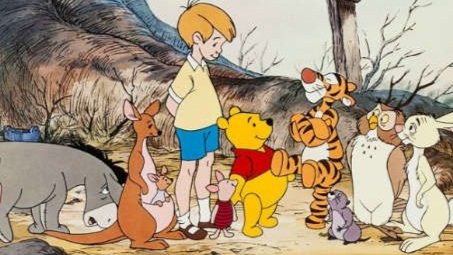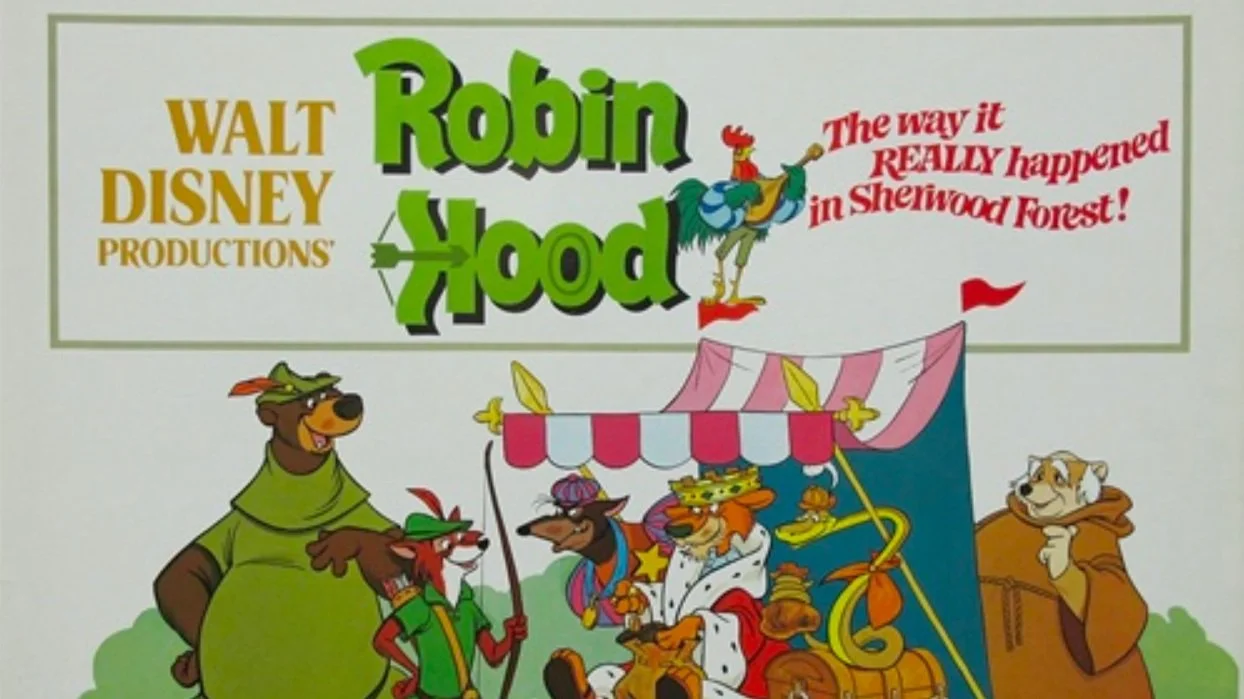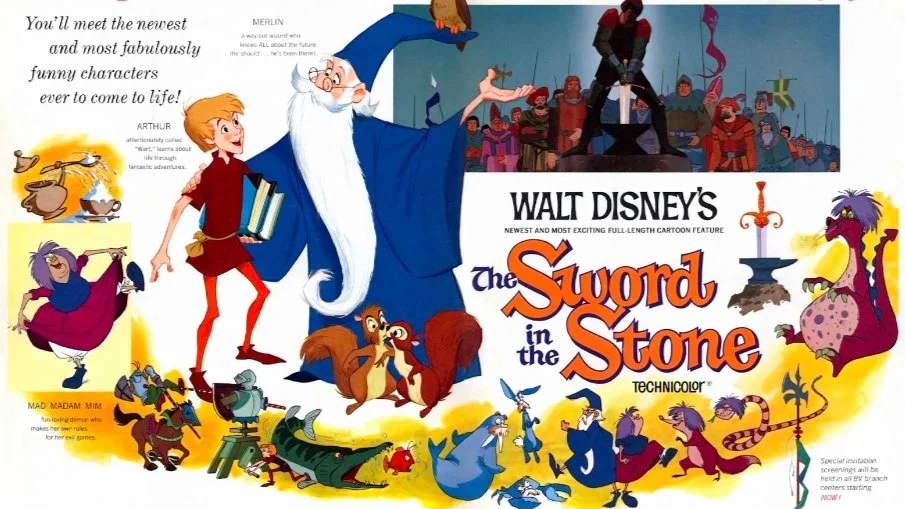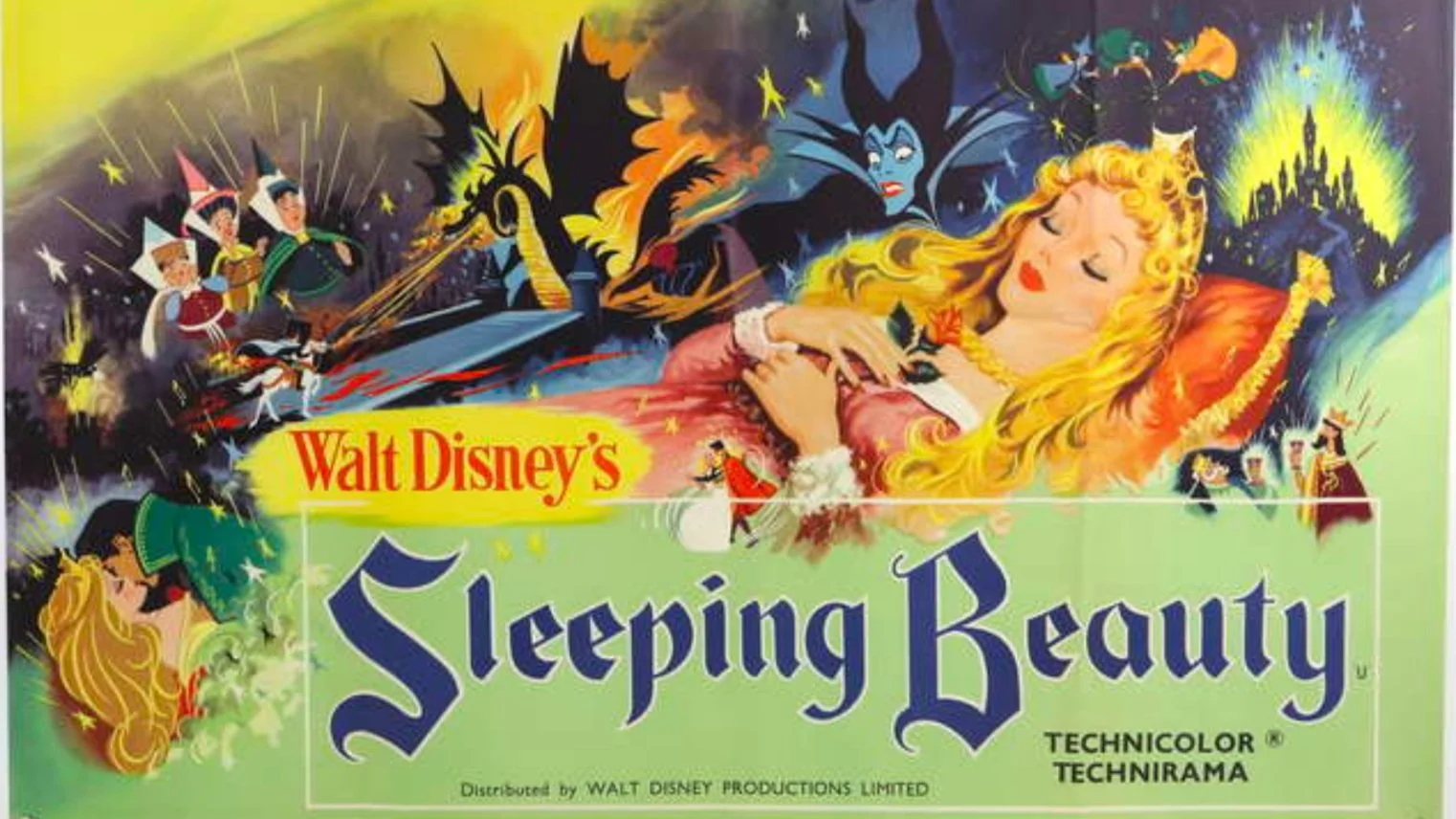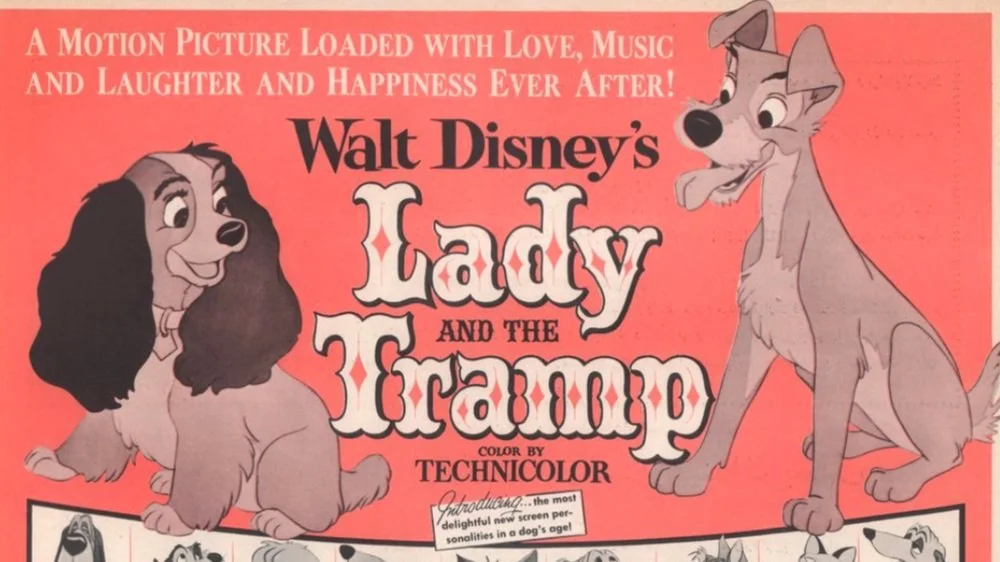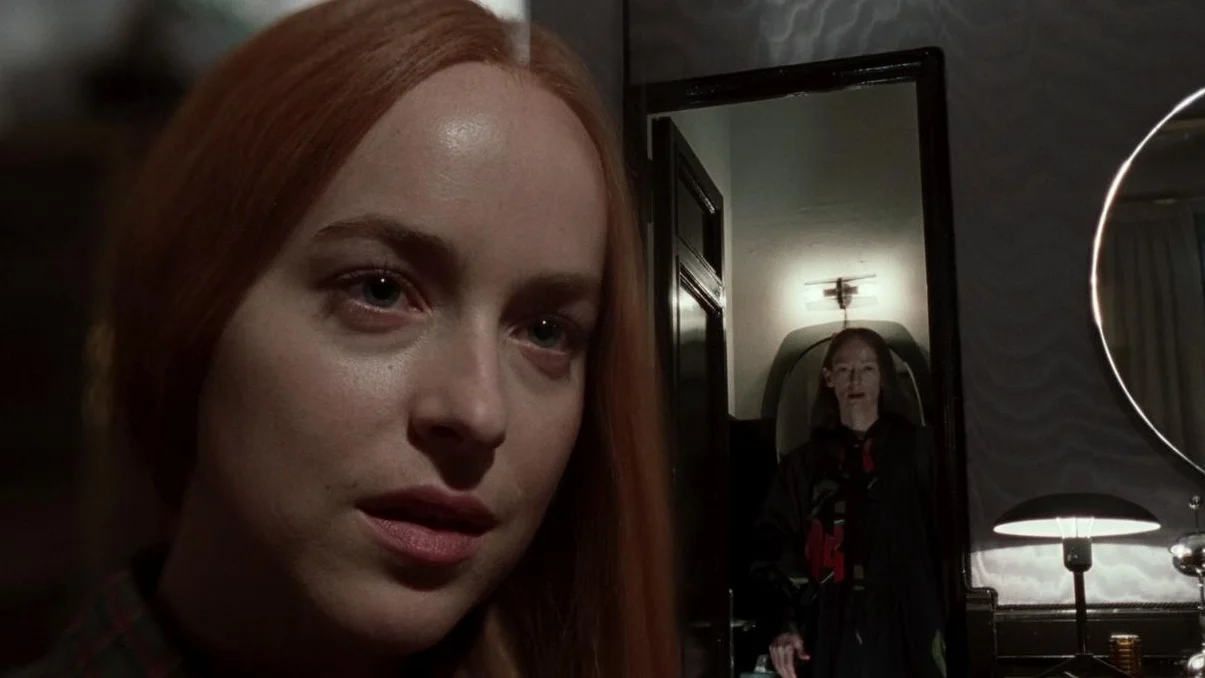On Screen Projection: The Man Who Wasn’t There
On Screen Projection finally returns with a bit of a crossover event. As a part of our Coen Brothers retrospective, this column will take a look at one of their films through a psychological lens.
Among the many great things about the Coen Brothers is the wide variety of thought provoking films they have made over their lengthy career. It would be a challenge to think of a single film of theirs that did not inspire deep thought or discussion among cinephiles. The film we are looking closely at is The Man Who Wasn’t There, the Coen Brothers’ only black and white movie, and maybe one of their most difficult to access for casual viewers. But there is plenty to dig into here, so let’s take a crack at it.
I pose the possibility that it’s purposefully hard to access. The Man Who Wasn’t There’s languid pace, which is a perfect match for its lead, Billy Bob Thornton as Ed Crane, may be challenging for our expectations of a Coens Brothers movie. However, his emotionally stunted performance is, quite frankly, probably the best in his career. You may not think of Thornton as a subtle performer, as he has had his fair share of shouty roles. But that just makes this all the more impressive, given the restraint he portrays even when dramatic events take place. Ed Crane is the definition of stuck. He always seems to do the next thing that he is supposed to, never demanding more of his life. This includes his friendships, his career, and most certainly his sexless marriage to Doris (Frances McDormand). This slow path to the grave has led him to what I believe is an experience of existential dread or crisis.
Also termed “existential angst,” this dread is a loss of hope and is usually accompanied by something going terribly wrong in a person’s life. The existential crisis is that moment. And in that moment, the person questions everything, down to whether their life has any meaning at all. For Crane, it is a slow build, and he is not emotionally attuned enough to pinpoint the moment. There is a scene in which Ed ponders the existence and reason behind hair. He seems disturbed by the idea that we simply cut it off and throw it away, then it returns, and we perpetuate the cycle. But his dread and crisis happens well before this moment. In fact, staying true to the noir roots of the film, this dread leads him into the temptation of easy money, represented by the dry-cleaning opportunity. Existential dread/crises can co-occur or be confused with many mental health diagnoses; such as Major Depressive Disorder, Borderline Personality Disorder, or Obsessive Compulsive Disorder.
Conversely, there is also a style of therapy called Existential Psychotherapy which deals with anxiety and depression not as mental illness or defects but instead, as part of human growth and experience that we all must go through. One well known therapist, Irvin Yalom, believes that mental illness is derived from not dealing with the negative necessities of life; such as isolation, mortality, and meaninglessness. Although these experiences are obviously uncomfortable, they are also a part of the human condition, which we all must face. The longer the person does not focus on these issues, the more difficult the crisis will continue to be. And Ed Crane? He does not deal with much, he seems to just go on to the next thing. This is equally true at the beginning of the film and in the middle, when more dramatic events unfold. And honestly, that makes the film work and offers some serious surprises because we never really know what to expect from our main character.
The style of The Man Who Wasn’t There shows off the Coens as masters of their craft, and one way in which they accomplish this is through the impeccable script. Juxtaposing Crane’s lack of emotion is basically every other character in the film, which makes the monotone, distant performance of Thornton stand out even more. Besides McDormand, the other performance that serves to illuminate Thornton’s performance most is James Gandolfini as Big Dave Brewster. Gandolfini’s magnetic presence as the man cuckolding our protagonist leaves us somewhat unsure who to root for, or even if there is a character worth this effort. In particular, Gandolfini’s panic and decision to turn to the man who is actually blackmailing him, is as heartbreaking as it is comic. Somewhere, beneath the malaise, Crane likely feels guilt in this moment, but it does not stop him from continuing with his plan.
And this may be the most challenging part of The Man Who Wasn’t There. We half expect our protagonist to learn a large lesson, especially considering the high stakes near the end of the film. And yet, he seems to be devoid of regret and ready to face his final consequences sans strong emotion. Thornton’s mainly blank slate performance challenges the audience to leave our own expectations of humanity and growth, and determine whether or not his end is fitting and if he has truly moved past the crisis, or simply given into it, much as he has everything else in his life.





